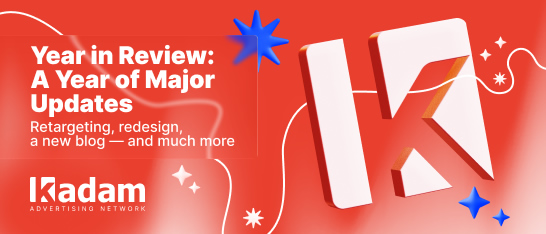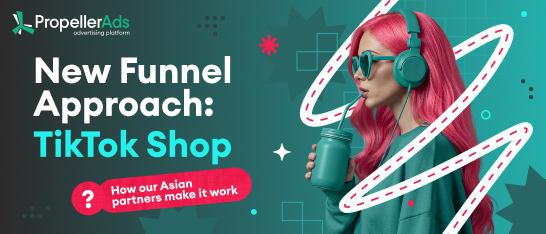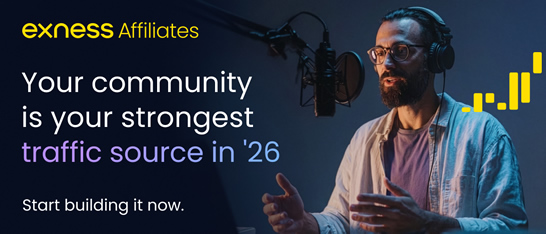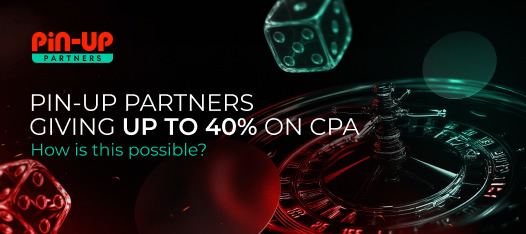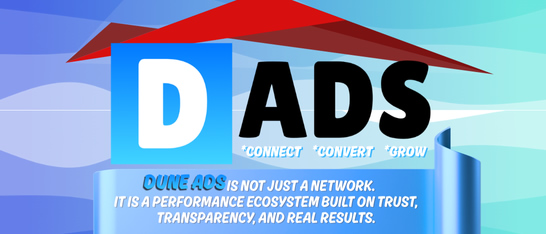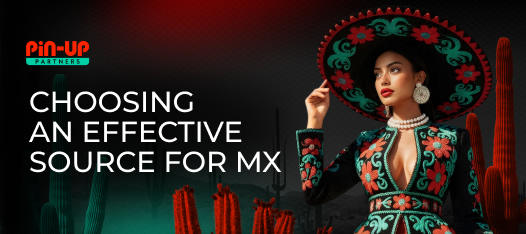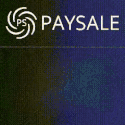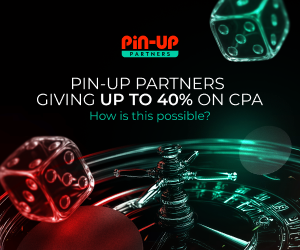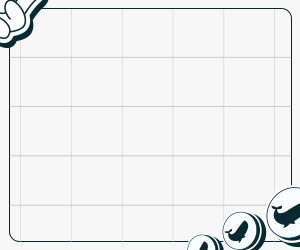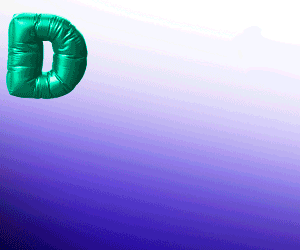In Page Push is an innovative online advertising method that enhances webmasters' ability to monetize their sites and enables advertisers to expand their reach, bypass restrictions, and engage with a fresh, high-value audience. TacoLoco, a renowned push network, recently introduced this in-page format, presenting an opportunity to accelerate earnings. Let's delve into the format's features.
What is In Page Push?
In Page Push, ads are small pop-up windows resembling traditional push notifications, yet they function differently. These pop-ups gained popularity swiftly, offering advertisers access to a new audience using Safari browsers and effectively sidestep AdBlock. The IPP format also brings significant benefits to publishers.
Benefits of In Page Push for Publishers
In Page Push, ads blend seamlessly with webpage content, enhancing user experience without being intrusive. This ensures users remain on the site, maintaining the site's search engine ranking.
These notifications interact at the browser level, not the device level, making them immune to browser blocking and future updates.
This advertising format allows monetization across all devices, browsers, and operating systems, including iOS, enabling publishers to monetize their entire traffic.
Users can easily close page notifications, offering them a choice and thus winning their loyalty.
A significant portion of iOS users fall into the high-conversion Tier-1 category, potentially increasing earnings from IPP monetization.
Absence of a subscription base means publishers risk nothing by removing the In Page advertising script.
These ads don't require user consent, as they are displayed to every visitor non-aggressively, preserving the audience base.
The advertising script does not impact site performance, ensuring no effect on search engine rankings.
In Page Push ads, with their 100% visibility, ensure that each ad impression translates to a view. The in page ads appear unexpectedly when a user is browsing the site. In this case, one ad impression equals one view.
Publishers have control over detailed notification settings, depending on the advertising network's capabilities (display area, length of delay before the first impression, frequency, and periodicity of displaying a pop-up banner).
The In Page format can be integrated with other advertising formats, allowing for simultaneous push and in-page push monetization for increased conversions.
What is The Difference Between Classic Push and In Page Push?
The differences are minimal for users, with both appearing similar despite different mechanisms. However, for webmasters there are fundamental differences present in these formats:
IPP lacks the large image typical of classic push notifications, a non-issue for mobile devices.
Classic push notifications vanish after a time, while page pushes remain until closed by the user or when they exit the site.
Classic push monetization rewards publishers for user subscriptions, whereas In Page Push generates income through banner clicks.
The IPP format is ideal for quick money, while classic push subscriptions offer long-term income (as long as the subscription exists and the user receives push notifications from network advertisers).
For a novel ad format that can stand alone or complement existing ads, consider TacoLoco's In Page Push. The platform provides comprehensive guidance for IPP monetization, backed by dedicated managerial support. Join TacoLoco, the leading Push Network, and optimize your push traffic monetization.

